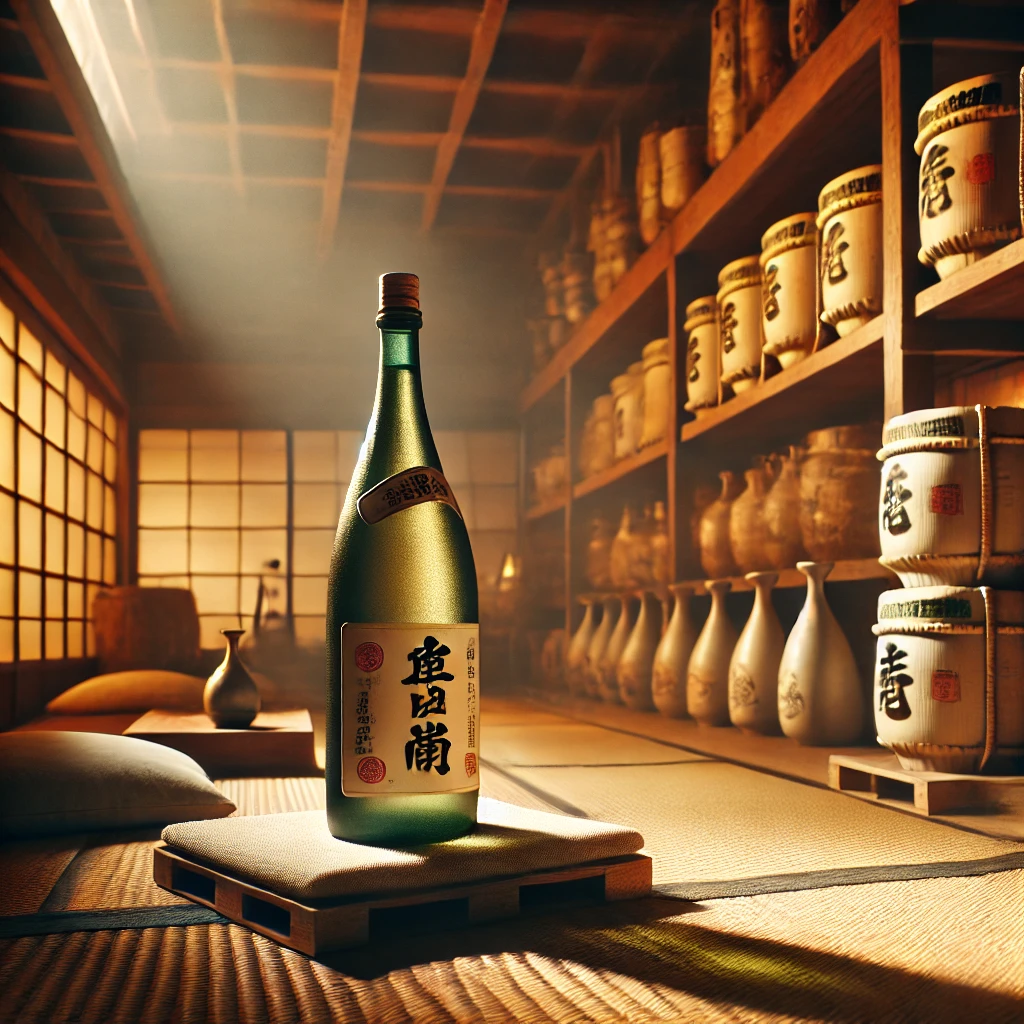Hello, it’s Mana! This time, I want to share what I’ve learned about the proper storage methods for sake. Sake is a very delicate beverage, and if not stored correctly, its flavor and aroma can deteriorate. To enjoy delicious sake for a longer period, it’s crucial to master the correct storage methods!
The Relationship Between Ultraviolet Light and Sake
The first thing to remember is that sake is extremely sensitive to light, especially sunlight, which contains ultraviolet rays that can damage the flavor of sake. Exposure to ultraviolet light can cause a burnt smell known as ‘sunlight flavor’.
Key points to protect sake from ultraviolet light are as follows:
- Store in a dark place: Keep it in a place where sunlight does not reach, such as the back of a cupboard or inside a refrigerator.
- Be mindful of the bottle color: The color of the glass bottle affects the transmission rate of ultraviolet rays. Clear bottles are more susceptible to ultraviolet impact, so dark bottles or cartons are more protective.
The Importance of Temperature Control
Next is temperature control. Sake is not well-suited for long-term storage at room temperature. Especially, storing at high temperatures can produce a unique aroma known as ‘aged fragrance,’ which can alter the flavor.
- Ideal temperature: Storage below 10°C is generally recommended. Particularly, namazake and other fresh types of sake may require storage below 5°C, or even in a freezer-like environment.
- Room temperature storage is a no-go: Delicate types of sake, such as namazake or ginjo, should fundamentally be stored in a refrigerator. Even for sake intended for warming or regular sake, it’s best kept in a cool place, and after opening, it should be refrigerated immediately.
Moreover, sake often does not have an expiration date listed, but its flavor can deteriorate depending on storage conditions. Particularly, fresh sake like namazake and ginjo is best consumed fresh. Even for long-term storage, avoiding ultraviolet light and high temperatures can help preserve the flavor.
Can you age sake at home?
It is possible to age sake at home, but controlling the appropriate temperature and humidity is challenging, so quality cannot be guaranteed like with professional breweries. Aged sake is best when matured in a dedicated environment; aging at home may not yield the expected flavors.
Post-Opening Storage of Sake
Once opened, sake begins to oxidize, so proper storage methods are necessary. Generally, storing it in a refrigerator is basic, and consuming it as soon as possible is ideal.
The longevity of opened sake depends on the storage method, but it is best to consume within about one week. Even when refrigerated, oxidation continues, and long-term storage can lead to a loss of flavor. Especially, sparkling types and namazake require attention as they change quickly during storage.
Storage tips include using specialized tools to remove air from the bottle to slow oxidation or transferring to smaller bottles for storage. While consuming quickly is crucial, these methods can help extend the storage period slightly.
Useful Accessories for Storage
To master storage techniques, utilizing helpful accessories is also recommended. Here are some useful gadgets I’ve found during my research!
- Wine Saver: A device that vacuums the air out of the bottle. Though marketed for wine, it’s also applicable to sake.
- Light-blocking Bottle Cover: A special cover that protects sake from ultraviolet light. Even when stored in a refrigerator, make sure it is shielded from accidental light exposure.
- Special Refrigerator Racks: Rather than placing bottles on regular fridge shelves, using specialized racks can help utilize space more efficiently.
Summary of Storage Methods
To enjoy delicious sake, adhering to the correct storage methods is extremely important. Pay attention to ultraviolet light and temperature, and try to consume it quickly after opening. Why not start reviewing your storage methods today to enjoy your delicious sake for longer?



コメント